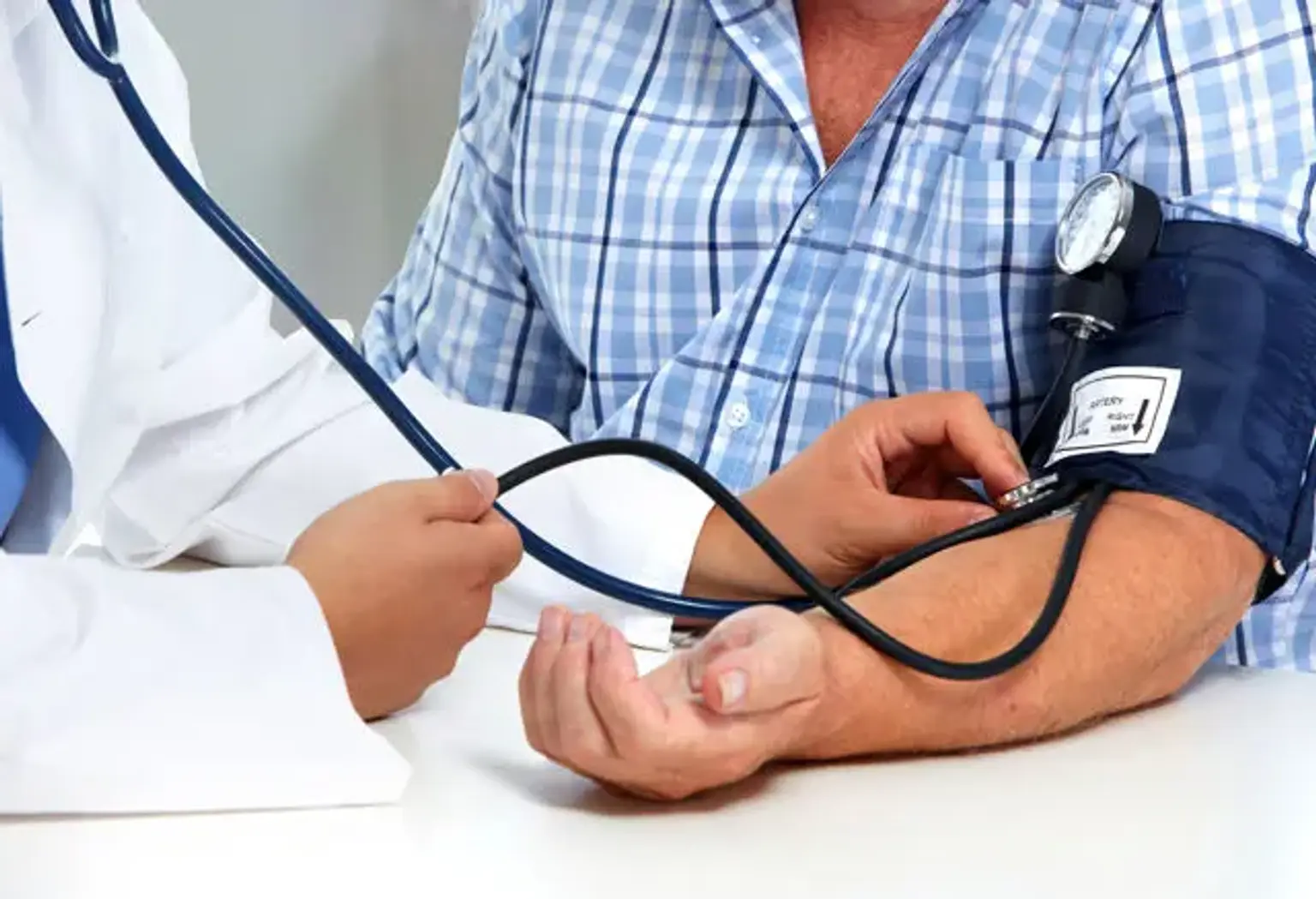Low blood pressure (Hypotension)
Hypotension is defined as a drop in systemic blood pressure below acceptable low levels. While no agreed standard hypotensive value exists, pressures less than 90/60 mmHg are considered hypotensive. Hypotension is a very harmless ailment that goes unnoticed since it is usually asymptomatic. It only becomes a problem when the pumping pressure is insufficient to provide oxygenated blood to vital organs.
How is blood pressure measured?
Blood pressure is determined by two main mechanisms: cardiac output and total peripheral vascular resistance. As a result, any pathological illness that affects one or both these parameters will cause hypotension.
